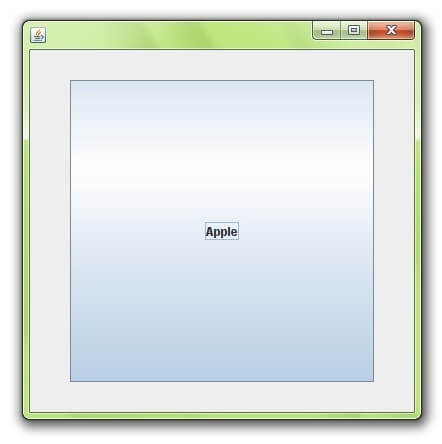Java CardLayout
The CardLayout class manages the components in such a manner that only one component is visible at a time. It treats each component as a card that is why it is known as CardLayout.
Constructors of CardLayout class
- CardLayout(): creates a card layout with zero horizontal and vertical gap.
- CardLayout(int hgap, int vgap): creates a card layout with the given horizontal and vertical gap.
Commonly used methods of CardLayout class
- public void next(Container parent): is used to flip to the next card of the given container.
- public void previous(Container parent): is used to flip to the previous card of the given container.
- public void first(Container parent): is used to flip to the first card of the given container.
- public void last(Container parent): is used to flip to the last card of the given container.
- public void show(Container parent, String name): is used to flip to the specified card with the given name.
Example of CardLayout class

No comments:
Post a Comment